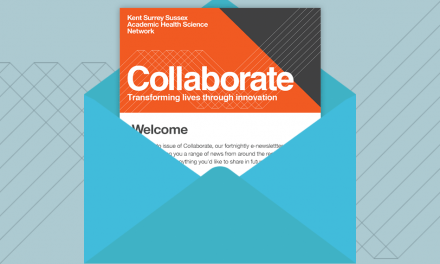The need to detect early signs of deterioration in patients with confirmed or suspected COVID-19 is a significant challenge for health and social care teams. As patients at risk of poorer outcomes can be identified by reduced oxygen saturation levels, the ability to recognise early decreases in blood oxygen levels before the patient becomes symptomatic is vital.
COVID virtual ward models use pulse oximeters to safely monitor and support patients at home, providing an opportunity to detect a decline in the patient’s condition that might require hospital review and admission. Early experiences of implementing this approach have been linked to reduced mortality, hospital length of stay, and the number of patients requiring intensive care admission and ventilation.
Patient Safety Collaboratives, including the KSS PSC, are supporting the implementation of COVID virtual wards and the use of pulse oximeters in their local health and care systems.
What does this mean for patients?
General advice for anyone experiencing the symptoms of COVID-19 is available on the NHS website.
Key resources
This work is part of a range of NHS initiatives providing better connected, more personalised care in people’s homes, including care homes. A toolkit has been developed for NHS staff together with a wealth of additional resources. This summary sets out how to access the virtual ward toolkit and what’s included.
On behalf of KSS AHSN, Oxford AHSN and Wessex AHSN, a comprehensive set of materials to help implement an enhanced package of care for individuals who are at risk for future deterioration, with confirmed or suspected COVID-19 using oximetry is available from the Wessex AHSN website.
Further resources
Guidance has been published by NHS England and NHS Improvement on pulse oximetry to detect early deterioration of patients with COVID-19 in primary and community care settings. This guidance standardises the assessment, monitoring and safety netting that aligns the acute care of suspected COVID-19 patients in primary and secondary care settings, and links with a virtual ward model.
This paper on Virtual Wards, Silent Hypoxia and improving COVID outcomes was published by the Royal College of General Practitioners in October 2020. You can download it here.
Taking oximetry observations is the subject of one of the care home staff training films created by Wessex and the West of England Academic Health Science Networks (AHSNs) and West Hampshire CCG, and funded by Health Education England. This series of free videos and e-learning materials is designed to support staff working in care homes to care for residents who are at risk of deterioration.
For more information about KSS PSC or the COVID oximetry work, please contact Ursula Clarke: Ursula.Clarke@nhs.net





